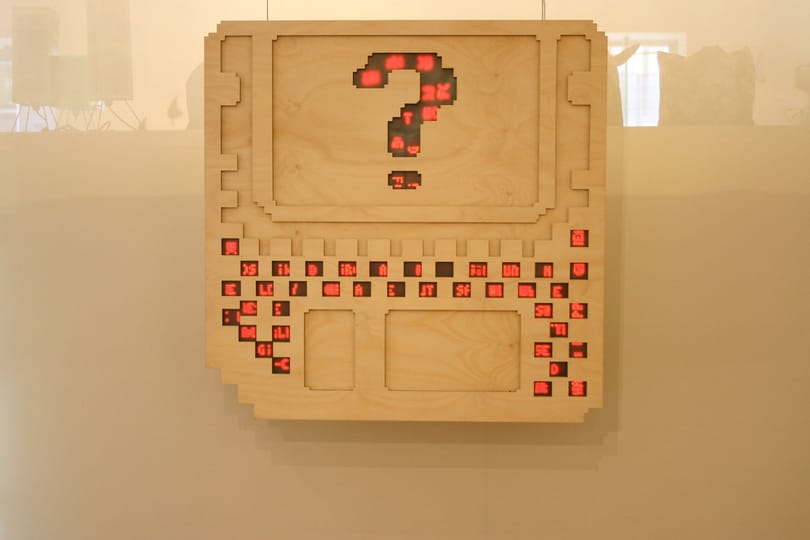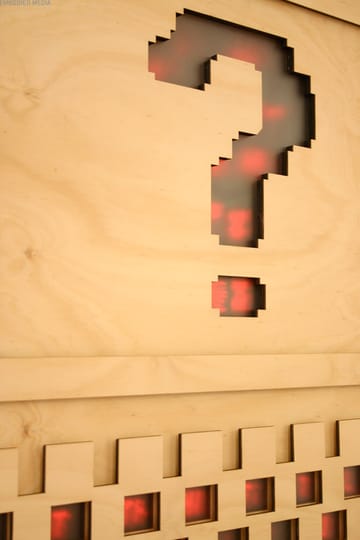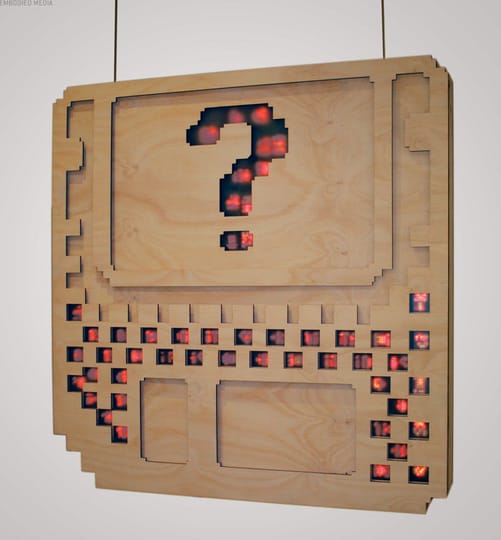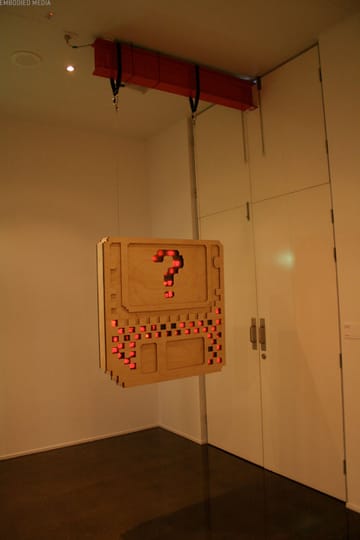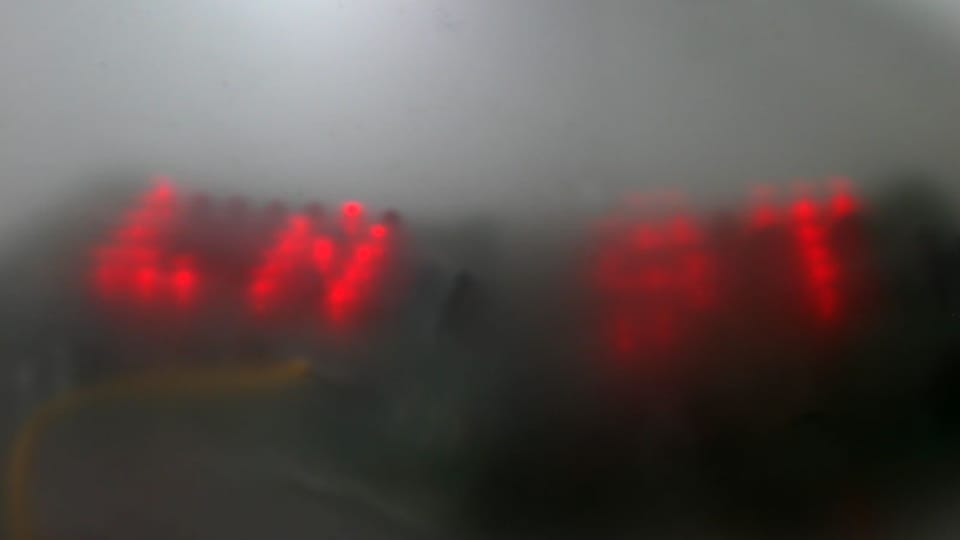Artist Statement
The unexpected side effects of contemporary technologies have brought us to the end of 13,000 years of stable, predictable climate. It’s a bit of a worry. So what do we want to still save, and as what? Given the lack of precedents, can more technology somehow fix our technologically engineered catastrophes?
The blinding power of new technical objects obscures that which must be destroyed to create them. Our ‘cradle to grave’ design thinking and conventional economic wisdom consigns ‘last generation’ objects to an increasingly toxic terra firma. The work’s form suggests a ‘1-bit’ screen icon of a floppy disk, once commonly clicked upon to initiate Save-As? commands.
Vast arrays of such once ubiquitous technologies are now considered useless, dead and buried. This naïve way of thinking is making us also look more and more like a ‘last generation’.
Set within the simplistic ‘texture’ of the work’s icon, 50 LED text boxes silently allude to loss and that which we are inadvertently saving up for ourselves through our inability to act ‘ecologically’. These are not crystal clear, sharp texts typical of contemporary LED displays, but rather blurred, low resolution, glimpses of a lost world of desire and oversight.
Materials: The work (1.1 x 1.1 x 0.2m) contains 50 text modules recycled from previous works. The circuit boards were originally manufactured with large quantities of water and heavy chemicals and remain entirely non-recyclable. The frame is cut from glued and screwed formaldehyde-laced plywood using an energy intensive laser-cutting process. The software used to design it will soon need to be upgraded. The PVC shrouded cables inside the box will release toxic chlorine if burnt. The road-miles and embodied energy inherent within the work are notable. The unit runs on coal-fired power station electricity. I could go on.
This ‘legacy’ device is by today’s standards low tech, low resolution and low brightness. It has no commercial ‘use’.
Keith Armstrong v1.2 Nov 4th, 2007

